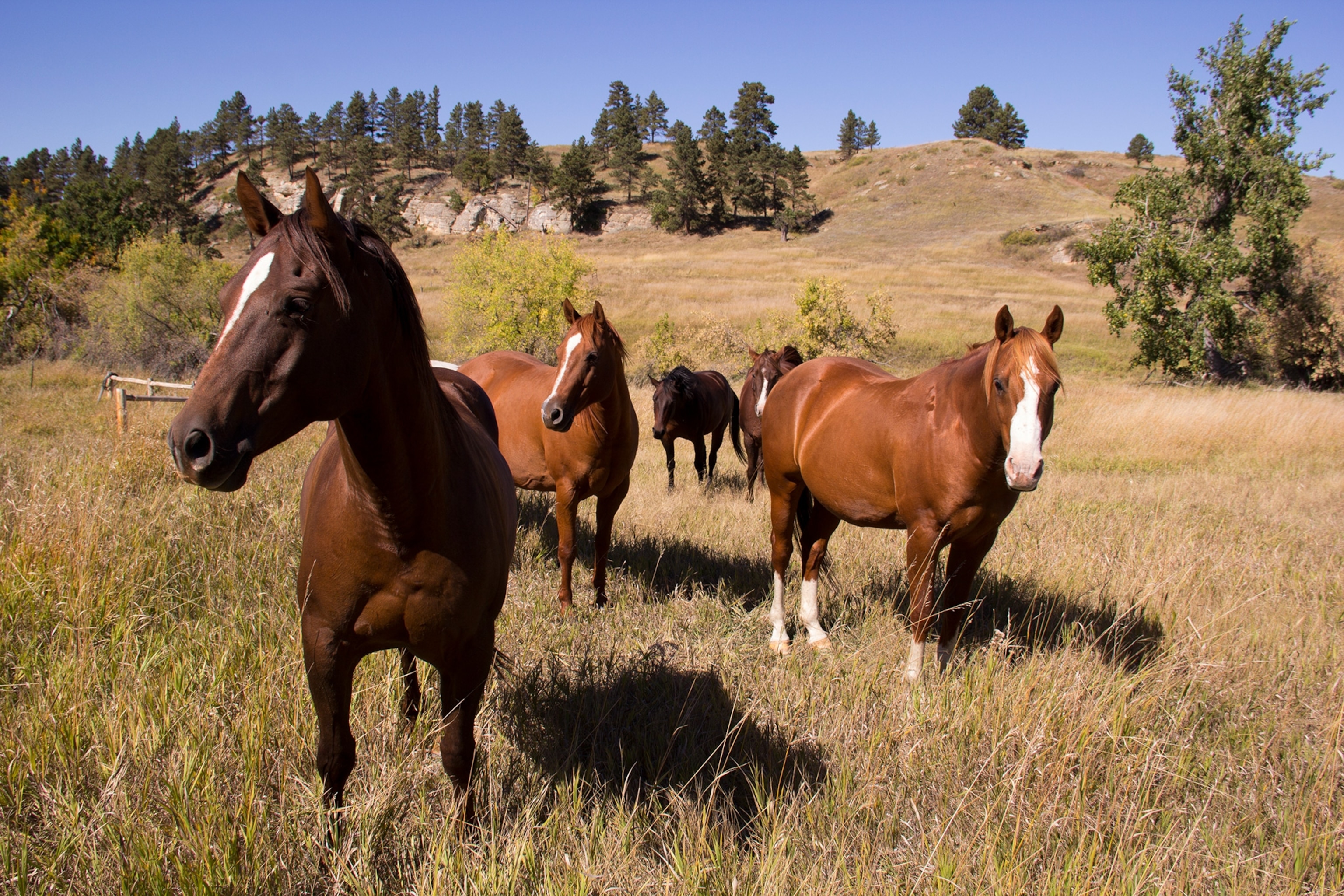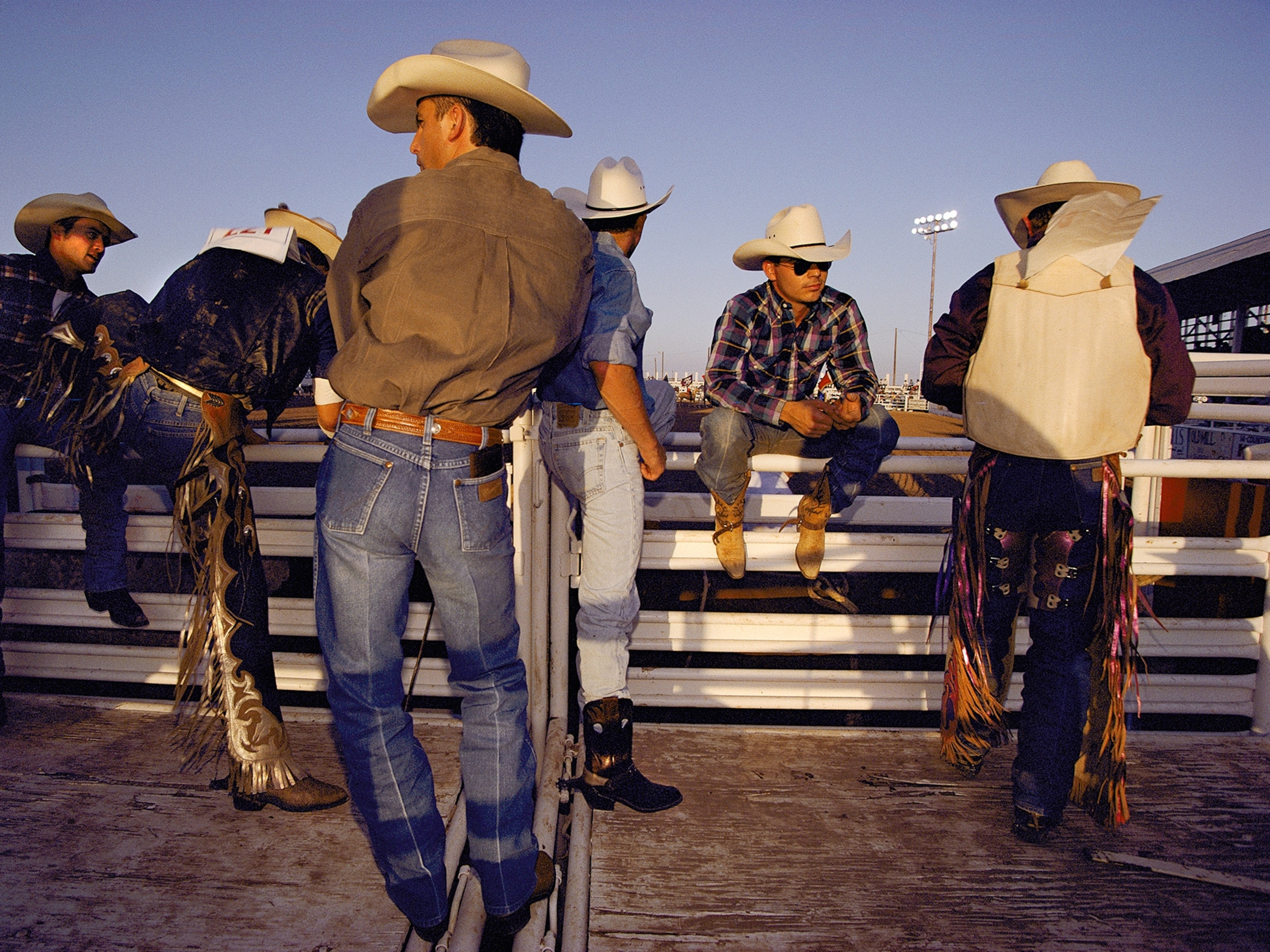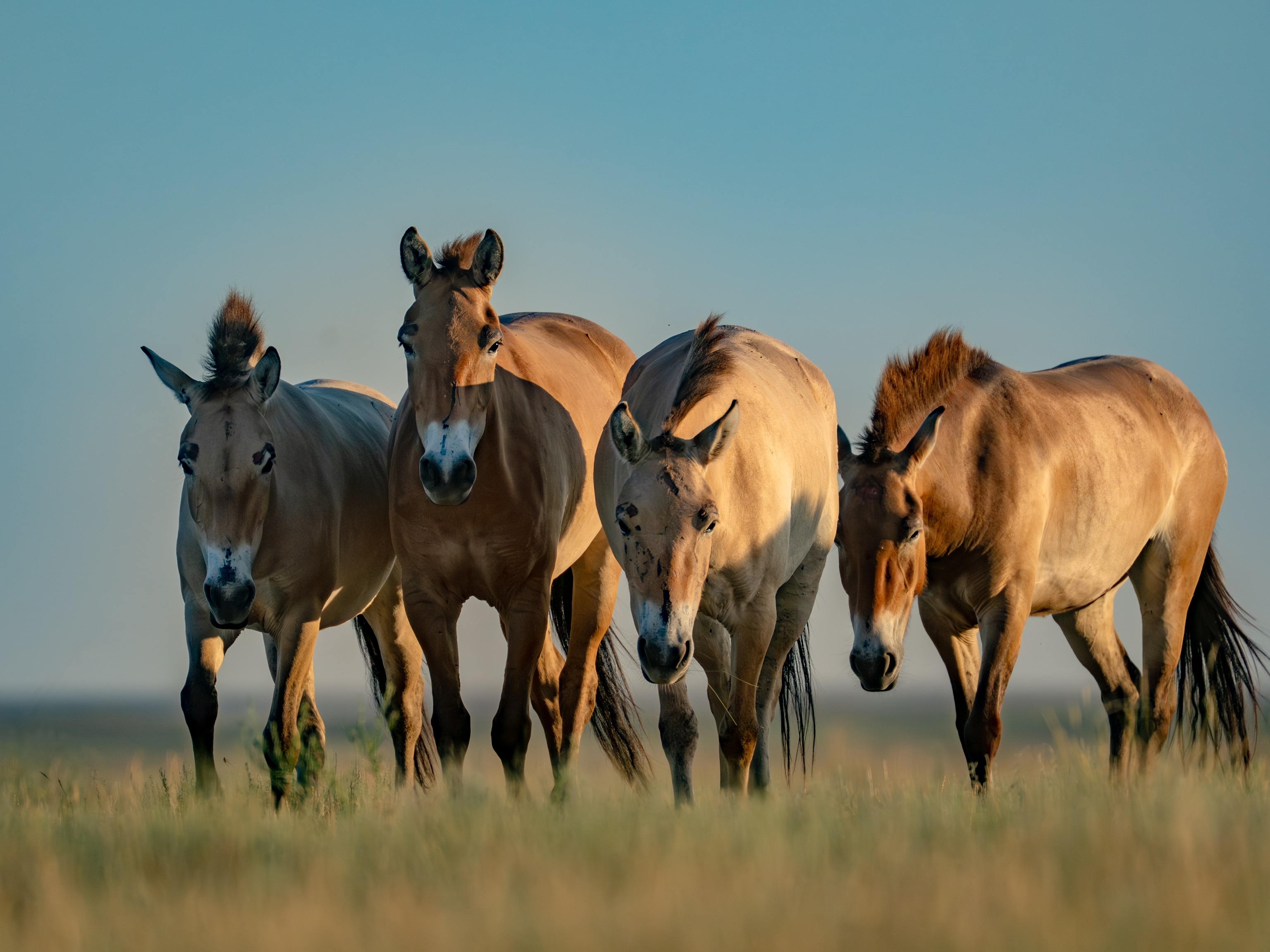Look around the world today, and it may seem like there are more different kinds of horses than ever before. From the furry-footed Clydesdale to the spotted Appaloosa to the golden Akhal-Teke, around 600 horse breeds live among us.
But in fact, there are only two living horse lineages—the domestic horse and the endangered Przewalski's horse of Mongolia. And due to intense breeding by humans, domestic horse genetic diversity is at an all-time low, according to the largest non-human genome study ever assembled.
For instance, if you were to look at the DNA of the 20 male Thoroughbred horses that will compete in Saturday’s Kentucky Derby, most if not all of them would have Y chromosomes that could be traced back to a single stallion born in the year 1700. His name was Darley Arabian, and 95 percent of all the male Thoroughbreds on Earth stem from his bloodline.
Indeed, Y chromosomal diversity has been on the decline for all domestic horses over the last thousand years or so, says Ludovic Orlando, a molecular archaeologist at the French National Center for Scientific Research and a senior author of the new research.
This trend is notable because low diversity leads to harmful genetic defects. Already, diseases such as night blindness and myopathy are affecting horses, experts say.
Published in the journal Cell, the study provides the most detailed history of the domesticated horse’s evolution ever constructed, examining DNA from 278 horse specimens that inhabited Europe and Asia for tens of thousands of years. It showed people have been breeding horses selectively for certain traits since the seventh century A.D., though domestication probably happened much earlier.
The work required input from 121 scientists, including geneticists, archaeologists, paleontologists, statisticians, and computer scientists. (Read how horses make facial expressions just like humans.)
“In this project, we truly aim at unraveling the whole genomic history of horse domestication and caretaking in the last five to six millennia,” says Orlando.
The need for speed
The extreme speeds that we associate with horses may also be a relatively modern addition to the horse genome.
Orlando and colleagues identified gene variants in the last thousand years that allow horses to sprint short distances. “It implies that more ancient horses were more built for endurance,” he says—consider it the difference between a marathon runner and an athlete who competes in the 100-meter dash.
An intensification of speed occurring around 200 years ago is due to breeders using only a small number of stallions, he adds. Though horses are quicker, this highly choosy breeding phenomenon has reduced genetic diversity between 14 and 16 percent, says study leader Antoine Fages, a molecular biologist also at the French research center.

“No other historical event has left such a large mark on the genetic diversity of horses,” Fages says. (Learn how horses have consciousness.)
“Turning over a lot of ideas”
Another fascinating discovery is the identification of two previously unknown, extinct horse lineages that were alive 4,000 to 4,500 years ago. One would have inhabited the Iberian Peninsula in Western Europe, while the other hailed from Siberia.
“We believe that those two lineages at the very far opposite ends of Eurasia represent lineages that became isolated at the time of global climate change, the warming phase following previous ice ages, and became locally adapted to their environments,” says Orlando. (Read "People of the Horse" in National Geographic magazine.)

These discoveries are even more important in light of what they seem to tell us about where and when horses were first domesticated—a topic of quite a bit of debate.
You see, the genetic evidence shows that the Iberian lineage peters out around 2,700 years ago, proving that horse domestication didn’t begin in what is now Spain, as one popular theory suggested.
“It is significant that we are able to put that concept to rest,” says Sandra Olsen, an archaeologist at the University of Kansas who was not involved with the new study.
Another likely candidate was a Neolithic settlement in modern-day Kazakhstan called Botai, home to the earliest known fossil evidence of domesticated horses. However, a 2018 paper published by Orlando and colleagues used genetics to show that the Botai lineage was not the one to give rise to domestic horses.
“I had thought myself, with good reason, that the Botai were the earliest documented people with domestic horses, and that is still very true,” says Olsen. “However, their horses gave rise to the ‘wild’ Przewalski horses, not our modern breeds.”
So the search for the origin of domesticated horses continues. Orlando says many more specimens are yet to be sequenced, and the team wasn’t able to include samples from some parts of the world, such as Anatolia, Ukraine, Greece, and North Macedonia.
“We still have some work ahead,” he says.





